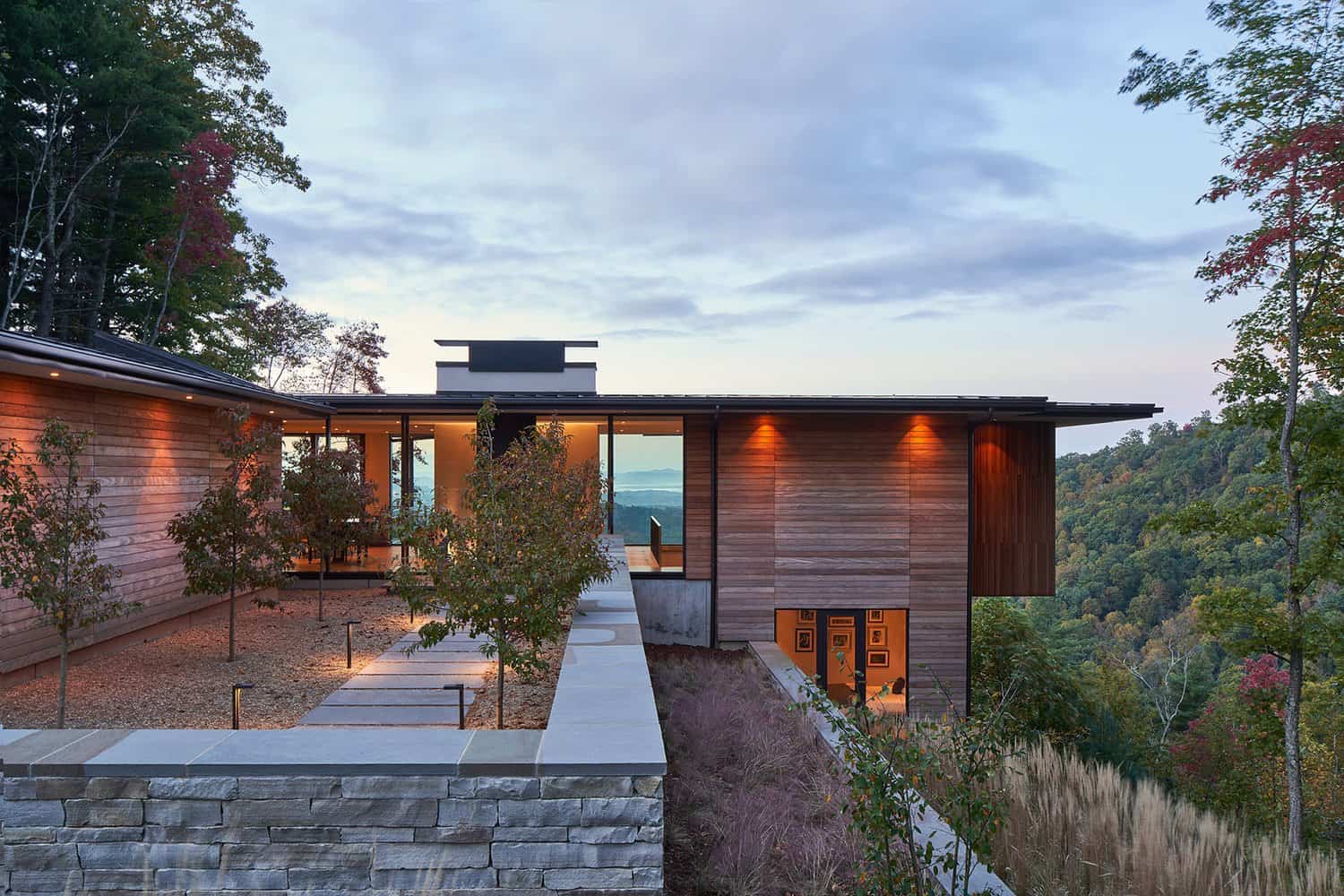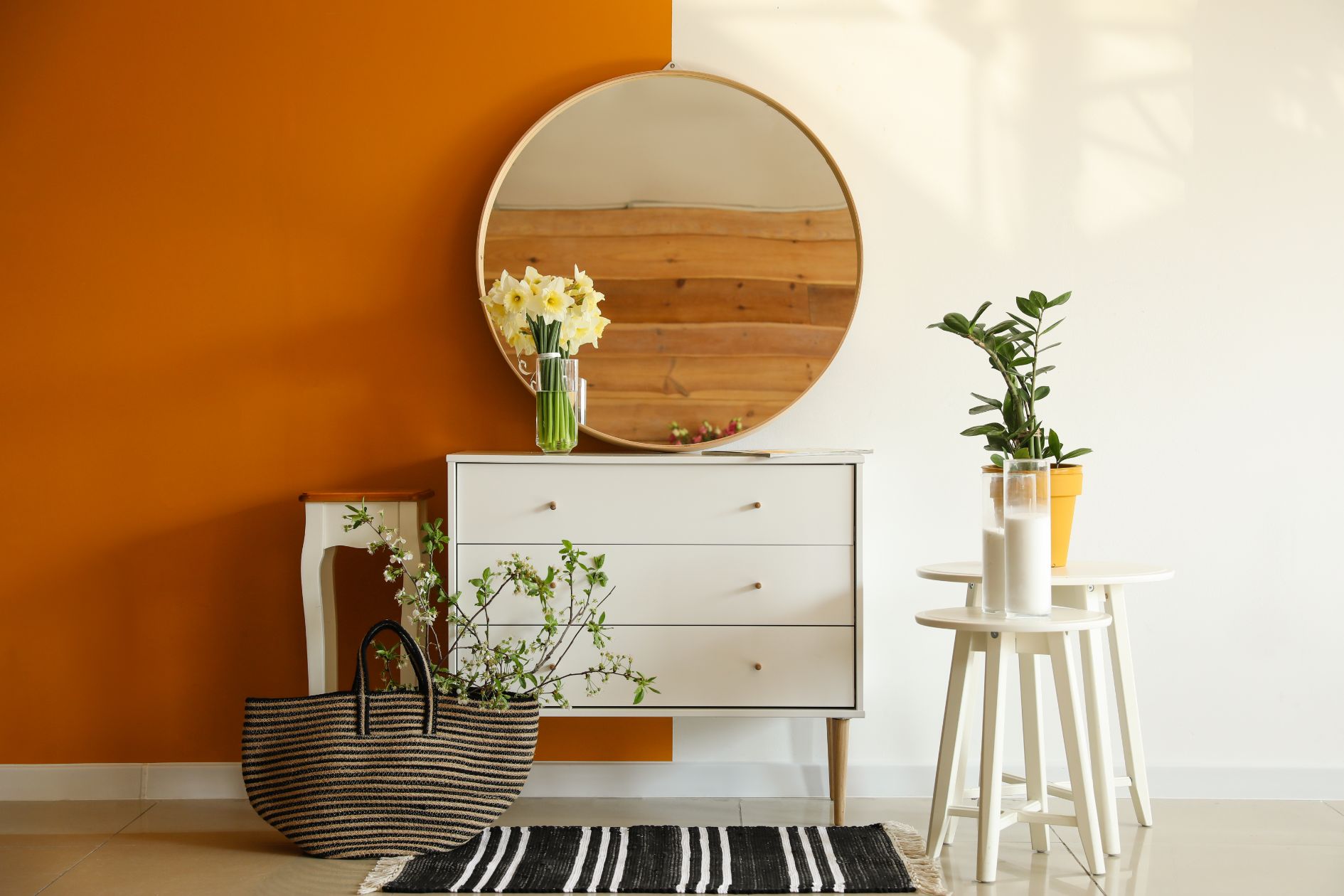Get To Your Dream Home
Expert Property Solutions
At Bill PM Buyer Agency, we redefine the art of property acquisition, offering a unique blend of expertise, dedication, and personalized service.
Welcome to Bill PM Buyer Agency
25 Years Of Undefeated Success
Being one of top 10 buyers agents in Australia, we are committed to securing the perfect property for you, ensuring a seamless and rewarding real estate experience.
512+
Satisfied Clients.
25+
Years of experience with proud
1120+
Successful Deals
520+
Partner Agents
Leadership in Australian Real Estate
Get To Your Dream
Buyer-Centric Approach
exclusively focused on buyers
Our buyer-centric approach ensures that we tailor our services to match your vision, whether you’re a first-time homebuyer or a seasoned investor.
Access to Exclusive Opportunities
Gain access to a curated selection of properties, including off-market gems and exclusive opportunities not found on traditional listings. Bill PM’s network and industry relationships open doors to unique properties that match your criteria.
Sustainability
Transform Communities Across the Globe
Our Blogs
Sofa Beds 101: Finding Comfort and Functionality at A Home Furniture Outlet
Unleashing the Benefits: Why Every Property Transaction Needs a Buyers Agent
Maximizing Your Property Investment: The Essential Guide to Hiring a Buyers Agent
Whar Our Clients Say
Testimonials
Delighted Clients
Sophie and James Miller
Choosing Bill PM as our buyers agent was the best decision we made. Bill's dedication, professionalism, and ability to understand our vision made the entire process enjoyable. With Bill PM Buyer Agency, you're not just buying a property; you're gaining a trusted partner in your real estate journey.
Relocated Homebuyers
Emma and Mark Harris
Bill PM Buyer Agency provided invaluable support during our relocation. Navigating a new city's real estate market can be daunting, but Bill made it a breeze. His attention to detail and personalized service ensured we found a home that perfectly suited our needs. Thank you, Bill!
Satisfied Investor
Michael Patel
As an investor, working with Bill PM Buyer Agency was a strategic move. Bill not only understands the market dynamics but also has access to exclusive opportunities. His insights and negotiation skills helped us secure a lucrative investment property. Truly top-notch service!
Happy Homeowners
David and Lisa Turner
Bill PM Buyer Agency is a game-changer! Their buyer-centric approach made all the difference in finding our dream home. Bill's knowledge of the Australian real estate market is unparalleled, and his commitment to securing the best for his clients is evident in every step. Highly recommended!
Get in Touch
We are here to assists you!
Learn More From
Frequently Asked Questions
At Bill PM Buyer Agency, our exclusive focus on buyers distinguishes us in the market. Unlike traditional real estate agencies, we work solely on your behalf, ensuring that your needs, preferences, and goals are prioritized throughout the entire property acquisition process.
Our extensive network and industry relationships give us access to a range of off-market properties and exclusive opportunities. By leveraging our connections, we can present you with unique options that may not be available through public listings, providing a strategic advantage in your property search.
Bill PM Buyer Agency caters to a diverse clientele, including first-time homebuyers, seasoned investors, and individuals relocating to Australia. Our buyer-centric approach allows us to tailor our services to the specific needs of each client, ensuring a personalized and seamless real estate experience.








